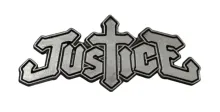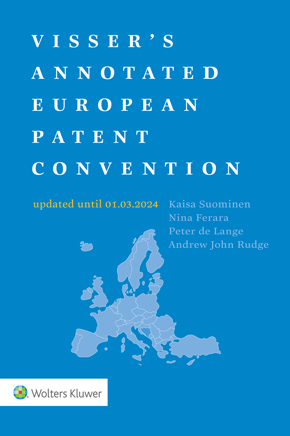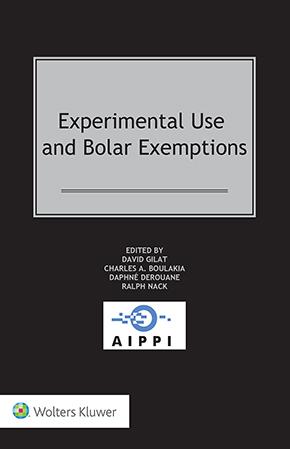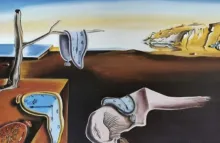German Federal Supreme Court on Claim Construction – "Okklusionsvorrichtung"
June 24, 2011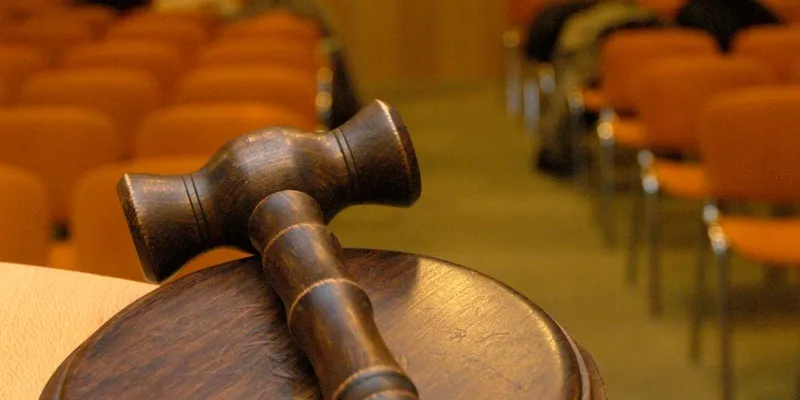
In its judgment of 10 May 2011 (docket no X ZR 16/09), the German Federal Supreme Court (BGH) took a restrictive position as regards claim construction, literal and equivalent use of a patent's teaching.
The Court summarised two guiding principles:
(a) In case of contradictions between the patent claims and the description, such elements of the description that do not find any expression in the patent claims will generally not be included in the patent protection. The description may only be considered insofar as it can be read as an illustration of the object of the patent claim.
(b) If the description reveals several possibilities regarding how a specific technical effect can be attained but only one possibility has been included in the patent claim, the use of the other possibilities generally does not constitute an infringement according to the doctrine of equivalence.
Brief facts of the case: feature (5) of the patent in suit (EP 808 138) reads: "clamps (15) are adapted to clamp the strands at the opposed ends of the device". In contrast to this, the attacked embodiments had only one clamp on only one of their ends. Nevertheless, the Düsseldorf District and Appellate Courts held for patent infringement. In their view, the attacked embodiments literally used the patent's teaching. As a reason, the Courts referred to the patent description (para 27, 28) where a device according to the inven-tion is mentioned that has only one clamp on only one of its ends. The person skilled in the art would read the description as an illustration of the object of the patented in-vention and would try to bring both together in a meaningful context dissolving any contradictions.
Reasons given by the BGH: the BGH did not confirm this broad view. With references to parallel judgments of the English Court of Appeal of 22 June 2010 and the Dutch Gerechtshof of The Hague of 19 Oct 2010, it held that the wording "at the opposed ends of the device" contained the specification that the embodiment must have at least two clamps. A narrow patent claim may not be construed broadly according to the patent description. The patent claim takes precedence over the patent description. In the event of a contradiction between them, the patent description may not be used to correct the patent claim.
Furthermore, the BGH denied infringement according to the doctrine of equivalence with a reasoning that appears to have general relevance for such combinations. The fact that the patent claim does not include an alternative possibility mentioned in the description means that the patentee made a choice between different possibilities. This must be considered when asking the third question of the so-called "Schneidmesser" (cutting knife) test used by the German courts to determine equivalence: whether or not the person skilled in the art would have taken into consideration as of equal value ("gleichwertig") the alternative possibility having the same effect. The fact that the alternative possibility is not mentioned in the claims but in the description reveals that – for whatever reason – it was not supposed to be patented. Hence, the person skilled in the art would not have considered that alternative as of equal value.
You may also like
